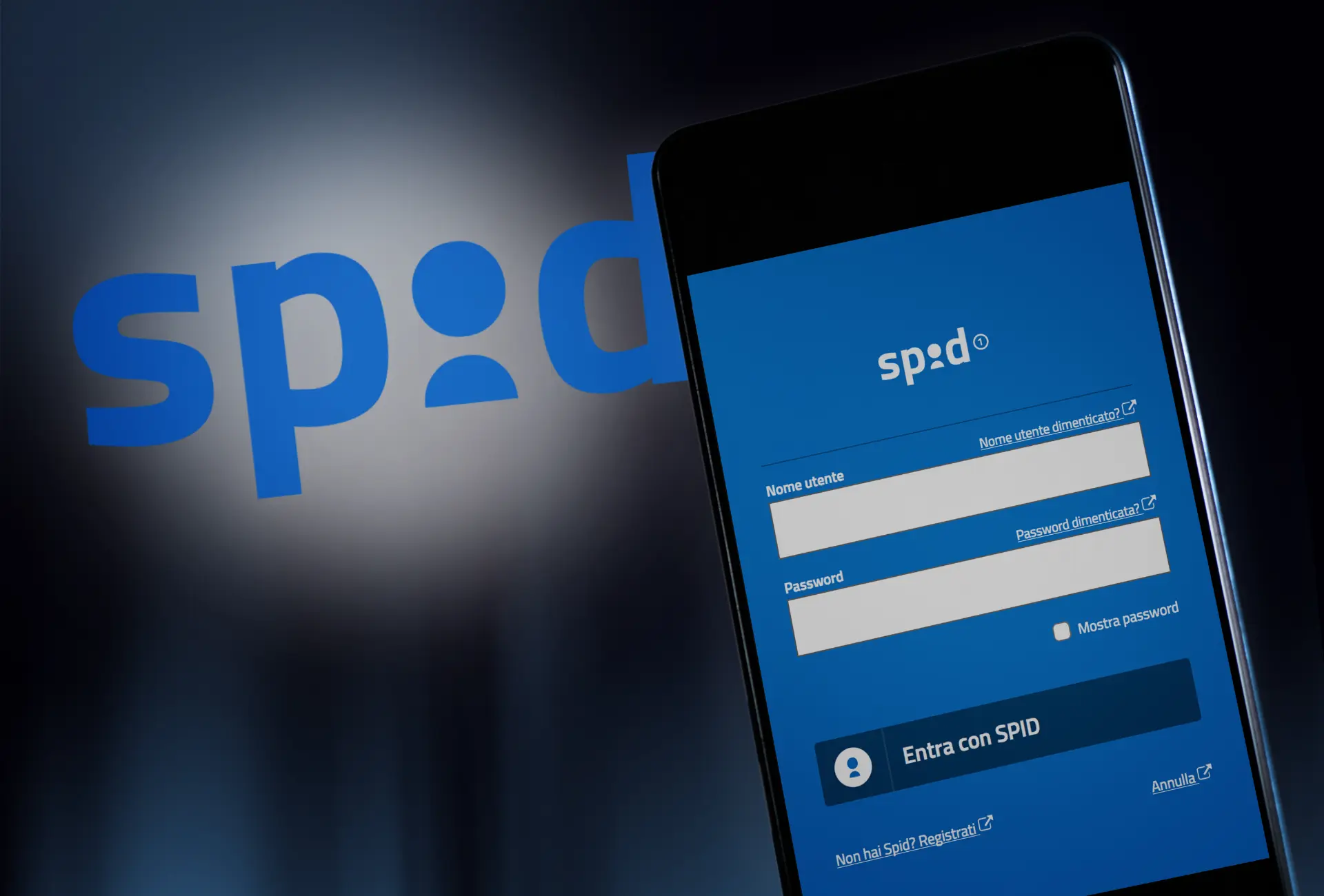Table of contents
- A growing digital threat
- How the double Spid scam works
- Notable fraud cases
- How to protect yourself from the double Spid scam
A growing digital threat
The Double Spid scam is one of the most dangerous frauds currently affecting Italian users. By exploiting social engineering techniques and the ability to activate multiple Spid accounts using the same personal data but different email addresses and phone numbers, criminals gain access to sensitive financial information.
The consequences? Drained bank accounts, pensions redirected to unknown IBANs, and unauthorized access to public administration portals.
How the double Spid scam works
Scammers use stolen or unknowingly provided personal data to create a second access to the Spid system. With this new digital identity, they can:
- Open bank accounts in the victim’s name;
- Access the victim’s tax records on the Revenue Agency website;
- Modify banking details on platforms like Inps;
- View and transfer any tax credits;
- Perform unauthorized financial transactions.
Notable fraud cases
Many victims have reported identity theft due to this scam. Some of the most significant cases include:
- A pensioner from Lombardy discovered that someone had opened a bank account in his name after he had uploaded his documents online for a legal proceeding. Shortly after, he realized that his pension IBAN had been changed and his payments were being sent to an unknown bank account.
- A 40-year-old woman noticed in December that her Christmas bonus had not been credited. After contacting the payroll office, she discovered that her salary had been transferred to a bank account in Milan, fraudulently opened with her personal information.
How to protect yourself from the double Spid scam
To safeguard against this threat, the National Consumers Union has issued the following recommendations:
- Activate bank alerts to receive notifications of suspicious transactions;
- Never share personal documents via email or WhatsApp, even with supposed bank representatives;
- Enable two-factor authentication wherever possible;
- If you suspect identity theft, report the incident immediately and request to block the compromised credentials;
- Monitor official platforms, such as NoiPA, to detect unauthorized access or modifications.
If you believe you have fallen victim to this scam, take action immediately: block your cards, contact your bank, and report the fraud to the authorities.
Seek assistance from a consumer protection association for further support.
